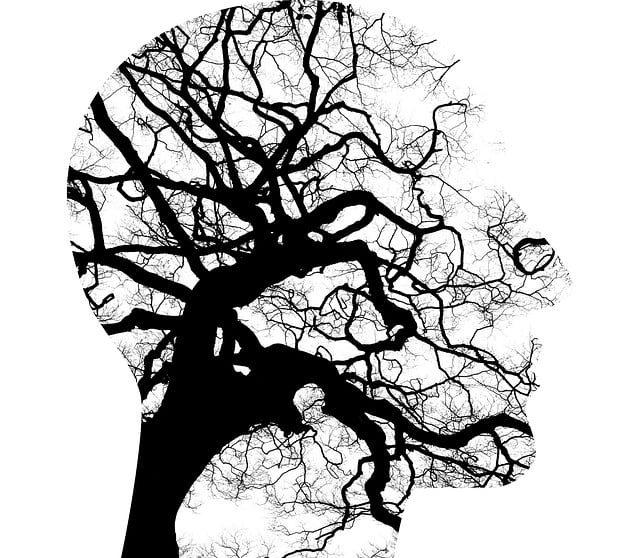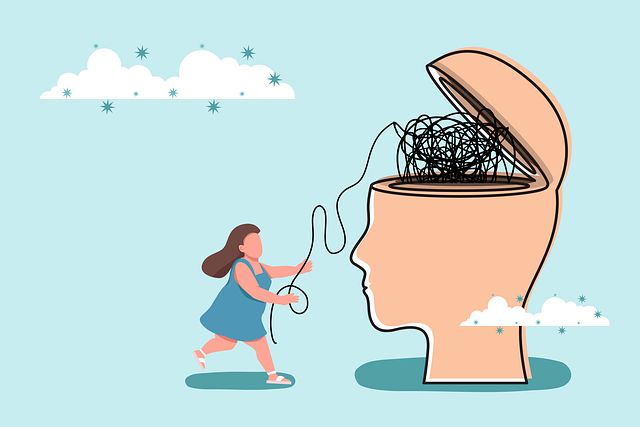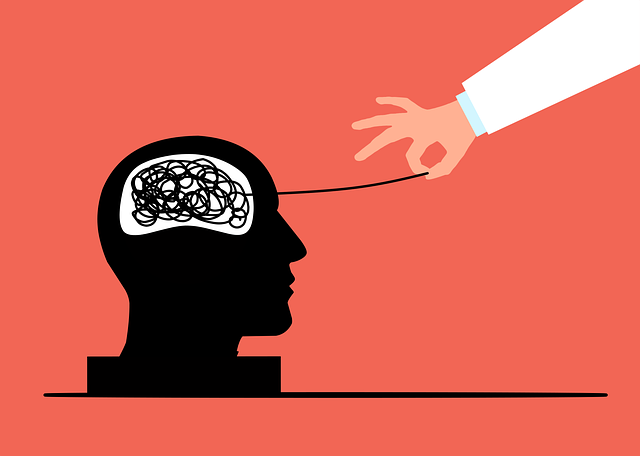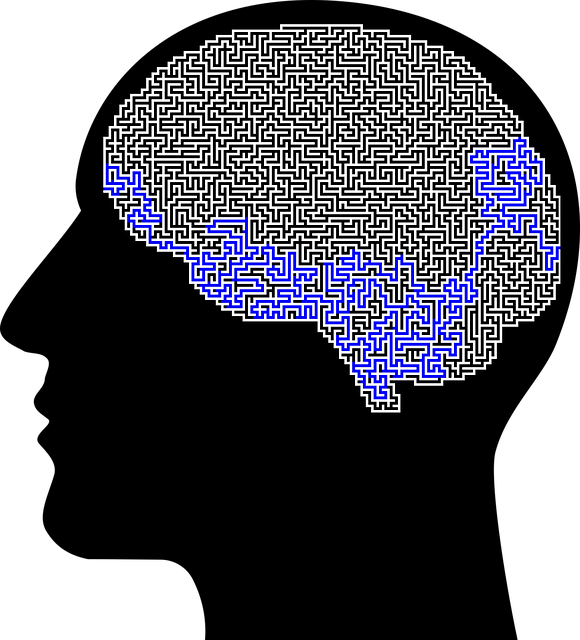Community outreach programs are vital for connecting diverse populations and enhancing emotional well-being, including those with Superior Adjustment Disorder Therapy (SADT) needs. Effective initiatives bridge gaps between service providers and underserved communities through culturally sensitive approaches, tailored programming focused on emotional support, stress management, and open communication, as well as safe spaces and partnerships with local organizations. Regular evaluation measures success in improving attendance and emotional regulation within the community. Tailoring programs to include trauma support services further enhances accessibility and builds trust, empowering individuals to seek help for conditions like SADT and achieving improved overall well-being.
Community outreach programs play a pivotal role in connecting organizations with diverse populations, fostering inclusivity, and promoting positive social change. This article explores the multifaceted impact of such initiatives and provides a comprehensive guide to their successful implementation. We delve into effective strategies, offer solutions for common challenges, and highlight best practices to ensure community engagement. From understanding local needs to adapting programs for maximum impact, discover how outreach can revolutionize services—even for those with complex conditions like Superior Adjustment Disorder Therapy.
- Understanding Community Outreach Programs and Their Impact
- Strategies for Effective Implementation: A Step-by-Step Guide
- Overcoming Challenges: Adapting Programs for Maximum Engagement
Understanding Community Outreach Programs and Their Impact

Community outreach programs play a pivotal role in fostering connection and enhancing emotional well-being within diverse populations. These initiatives aim to bridge gaps between service providers and underserved communities, ensuring that support and resources reach those who need them most. Through tailored programs, organizations can address unique challenges faced by various groups, promoting integration and improvement in mental health outcomes. For instance, implementing activities that engage youth from at-risk backgrounds can provide a sense of belonging and offer much-needed Superior Adjustment Disorder Therapy.
Effective outreach goes beyond event organization; it involves establishing robust Communication Strategies to build trust and encourage participation. By employing Mind Over Matter Principles, these programs empower individuals with tools to navigate their emotional experiences, fostering resilience and self-care practices. The impact extends beyond the immediate activities, as increased community engagement can lead to long-lasting positive changes in social dynamics and overall well-being.
Strategies for Effective Implementation: A Step-by-Step Guide

Implementing successful community outreach programs requires a structured approach to ensure positive engagement and impact. Here’s a step-by-step guide for effective implementation, focusing on strategies that cater to diverse populations, including those with Superior Adjustment Disorder Therapy (SADT) needs.
First, assess the specific needs of your target community. This involves understanding cultural nuances and barriers to accessing services, which is crucial in developing tailored programs. Incorporate Healthcare Provider Cultural Competency Training to ensure staff are equipped to address these disparities. Next, design activities that promote emotional well-being and stress management—essential components for SADT—and encourage open communication. Facilitate safe spaces where individuals can express their feelings and learn effective coping strategies. Additionally, partner with local organizations and community leaders who can act as advocates, helping to dispel myths and increase trust in your program. Regular evaluation of the program’s effectiveness is vital; measure success not only through attendance but also by gauging improvements in emotional regulation and overall mental health within the community.
Overcoming Challenges: Adapting Programs for Maximum Engagement

Implementing community outreach programs can be a rewarding but challenging endeavor. One of the key hurdles is adapting initiatives to cater to diverse populations and individual needs. For example, in areas with a high prevalence of trauma or anxiety, traditional outreach methods might need superior adjustment. Customizing programs to incorporate trauma support services and develop effective communication strategies is essential for maximum engagement.
By integrating these approaches, community leaders can ensure that their efforts resonate with those struggling with conditions like Superior Adjustment Disorder Therapy. This tailored engagement not only enhances the accessibility of services but also fosters a deeper sense of trust and connection within the community. Effective outreach goes beyond simply providing information; it’s about creating safe spaces where individuals feel empowered to seek support, ultimately leading to improved well-being and anxiety relief.
Community outreach programs play a pivotal role in fostering connection and enhancing well-being, especially for marginalized communities. By implementing these initiatives with a tailored, step-by-step approach, as outlined in this guide, organizations can effectively address local needs. Overcoming challenges through adaptive strategies ensures that programs resonate deeply, creating positive change. Embracing these practices not only strengthens community bonds but also offers valuable support to those struggling with conditions like Superior Adjustment Disorder, ultimately enriching the collective tapestry of our society.








